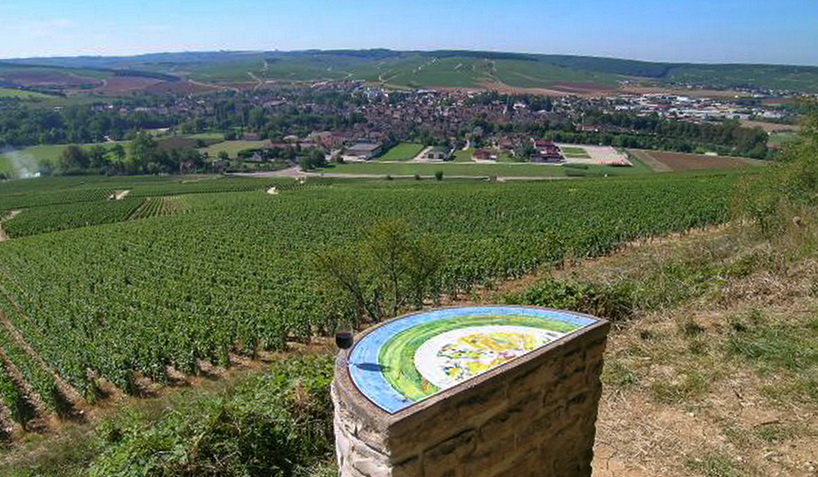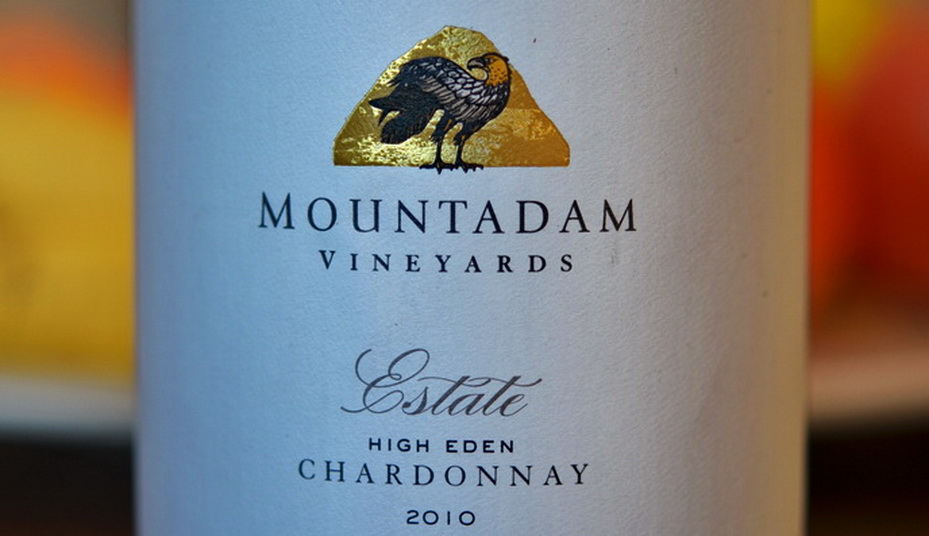Chardonnay isn’t what it used to be, and here’s why
Subscribers often ask me where they can get rich full-flavoured Chardonnay, and I struggle to come up with decent answers. How come, given that we once produced the biggest, richest Chardonnays on the planet?
In the eighties Australians discovered Chardonnay. The variety was new to Australia, and both winemakers and wine lovers went gaga over the exciting new addition to our then tiny selection of varieties. It was a mouth-filling style that could stand up to rich foods – you could describe it as a red wine drinker’s white.
Big, bronzed Chardonnay
Chardonnay wasn’t anything like the acid trip young Semillon offered, or the Dresden China our finest aromatic Rieslings evoked. Chardonnay was bold and chunky or voluptuous and blousy, and it dished up peaches and butter and cashews and toasty oak. Rosemount Roxborough Chardonnay was one of the foremost examples. By 1996, Philip Shaw had already dialed back the size to 14% but it still got the full treatment: natural yeast fermentation in barrel, a year’s small oak storage with battonage (yeast lees stirring), and 100% malolactic fermentation. It was a $50 wine back then. Details
The malolactic or secondary fermentation converts malic acid (as in green apples) to lactic acid (as in milk). It softens the wine, making it richer and rounder and adding butter, or butterscotch aromas (known as diacetyl). The resulting wine is fuller, and has more mouthfeel. The ‘malo’ was very much part of the Chardonnay style, and is hardly ever used for aromatic whites such as Riesling.
Anything But Chardonnay
By the new Millennium, people had grown tired of this style and some became part of the ABC push – Anything But Chardonnay. A new crop of young winemakers, sommeliers and wine judges decided it was time for a change. They didn’t just ease off a bit and bring the style back into balance; they went from one extreme to the other, from Jane Mansfield to Twiggy. Our Chardonnays became lean, mean, squeaky clean and a touch green, and the reviewers who saw the emperor in his new clothes clapped and cheered as he passed by.
This radical change was brought about by a several factors: new cool climate vineyards had come on stream in Victoria and Tasmania; many wineries grapes picked Chardonnay earlier, and many of the new winemakers avoided the malolactic fermentation in order to retain more freshness in the wines. Predictably, acohols in the finished wines went from 14.5% to 12.5. No wonder the wines lacked body, flavour and generosity.
One more factor was the selection of new clones that make Chardonnay more fruity, even at lower alcohol levels, but that’s a subject of its own. Here’s one story on the subject
Chardy LITE
They make a lighter style of Chardonnay in Chablis. It’s close to Champagne, about as far north as you can grow grapes in France. Why we chose that style in our sun-burnt country beats me, but we did. It was the time of LITE beer and low-fat food and a bout of austerity it seems. Lean, mean, ungenerous wines. Grapefruit instead of peach.
That’s not Chablis, I hear you say. No, Chablis is about cold wet pebbles and an acid backbone wrapped in minerals. We didn’t get the style right, and I don’t like the new style everyone raves about. Did the pendulum swing too far? Of course it did, but why did it stay there? Huon Hooke wrote 4 years ago that it was time to push it back
‘Some of the newly fashionable low-alcohol chardonnays,’ Chardonnay pioneer Brian Croser told Huon then, ‘are made from grapes not properly ripe. They lack middle-palate richness; they are hollow because the grapes are being harvested before they’ve developed the correct flavour profile.’
Croser adds that they have too much green-apple (malic) acid because early-picked grapes are not put through a malolactic fermentation, a move designed to retain maximum natural acidity.’
The middle path
Fashion rules wine as it does any other part of life. As a result, it’s hard to find the old-fashioned style of chardy these days. The Allandale Chardonnay 2014 from the Hunter Valley is big at 15%, but I’m not sure it went through the malo. It’s $17 at Jim’s Cellars if you fancy trying some.
To my mind the Aussie Chardonnay that hits the sweet spot in the middle is Mountadam High Eden Estate Chardonnay. It’s one of Australia’s oldest, made from a Chardonnay vineyard established high in the Eden Valley by David Wynn and his son Adam. It always starts with a generous period in new oak, and all of it usually goes through the malo. After a few years, it settles into a seamless benchmark Chardonnay.
It does not get the credit it deserves, and still sells for a modest $27 at Wineonline (both the 2012 and 2013), a site that will often give you and extra discount that drops the price below $25. I’ll leave the last word to wine maverick Philip White who talks about a dinner where Paul Bocuse who ‘could not grasp that the Chardonnay (Mountadam 1984) in his glass was not from Burgundy.’
Kim


